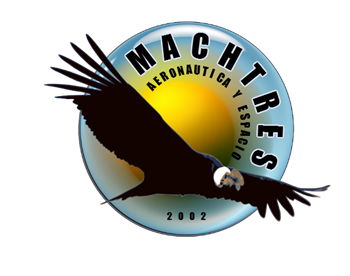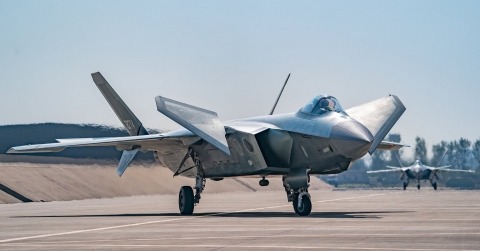MiG-29SMT
New Member
- Joined
- Jan 12, 2020
- Messages
- 4,124
- Likes
- 5,108
What I mean is you can think F-22 is like F-16 and J-20 is IAI Lavi.This seems to be prototype 2013. Notice the same band just aft of the radome in these earlier pics of 2013 testing these twin rail AAM missile racks:
View attachment 74271
View attachment 74272
Lavi gets better instantaneous turn rate than F-16 thanks to the canard, the canard and by being statically unstable, make Lavi to have a quicker instantaneous turn rate than F-16 despite has a less powerful engine
you can see the figure 44 in it they show you the turn rate of IAI Lavi and 2 other aircraft named a and b, they are probably F-16 and F-18, you can see Lavi was not as good sustaining a Turn but initiating a turn aka instantaneous turn rate, it was pretty good, the idea of J-20 probably is the same, lacking Thrust vectoring and knowing China was going to have WS-15 late in the J-20 operational history, they adapted the canards.
F-16XL was superior alsoo to regular F-16 because its large wing gave it very low wing loading
Two additional capabilities of the F-16XL contribute to survivability. First is improved instantaneous maneuver ability coupled with greatly expanded flight operating limits (with bombs), and second is reduced radar signature resulting from the configuration shaping.
Importance of High Turn Rate
For a decade and a half, many fighter tacticians have stressed the paramount importance of being able to sustain a high turn rate at high Gs. The rationale was that with such a capability, enemy aircraft that cannot equal or better the sustained turn rate at high Gs could not get off a killing shot with guns or missiles.
With developments in missiles that can engage at all aspects, and as a result of having evaluated Israeli successes in combat, the tacticians are now leaning toward the driving need for quick, high-G turns to get a “first-shot, quick-kill” capability before the adversary is able to launch his missiles. This the F-16XL can do. Harry Hillaker says it can attain five Gs in 0.8 seconds, on the way to nine Gs in just a bit more time. That’s half the time required for the F-16A, which in turn is less than half the time required for the F-4. The speed loss to achieve five Gs is likewise half that of the F-16A.
All of these apparent miracles seem to violate the laws of aerodynamics by achieving greater range, payload, maneuverability, and survivability. Instead, they are achieved by inspired design, much wind-tunnel testing of shapes, exploitation of advanced technologies, and freedom from the normal contract constraints.
The Revolutionary Evolution of the F-16XL | Air & Space Forces Magazine
This dual role fighter candidate has one foot in the present ad one foot in the future.
What I mean is if the F-22 and J-20 have similar parameters J-20 with Canards might at least be not so bad for turning, F-22 has the advantage of better thrust to weight ratio and Thrust vectoring ensuring post stall capability, and very good sustained turn rates at least compared to a J-20 with Al-31s
Last edited:


